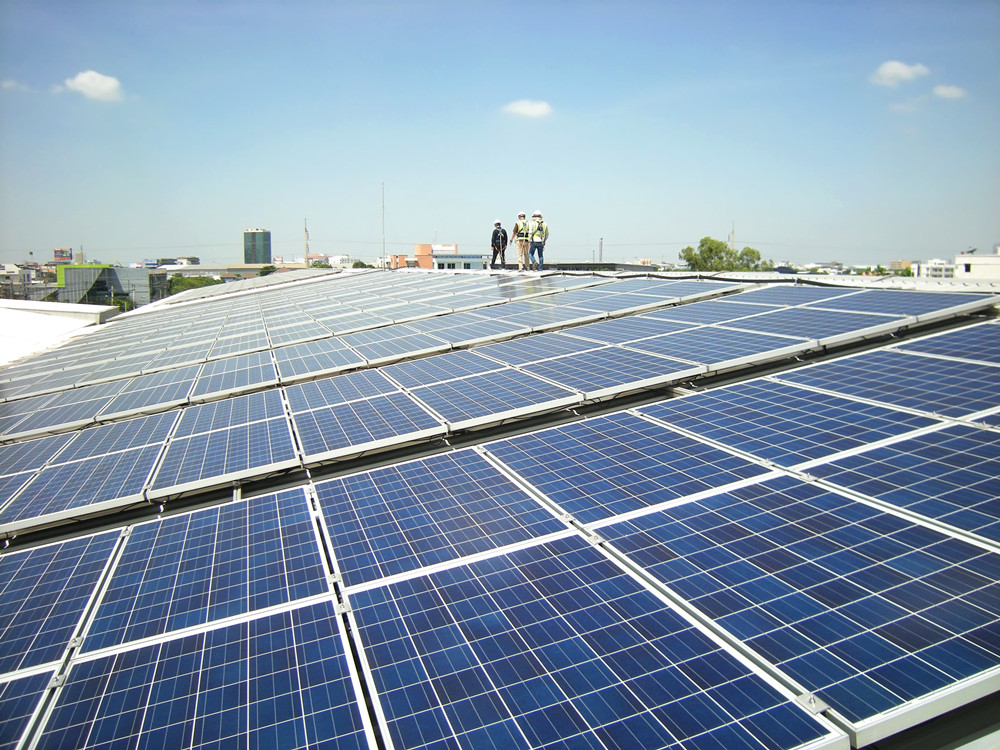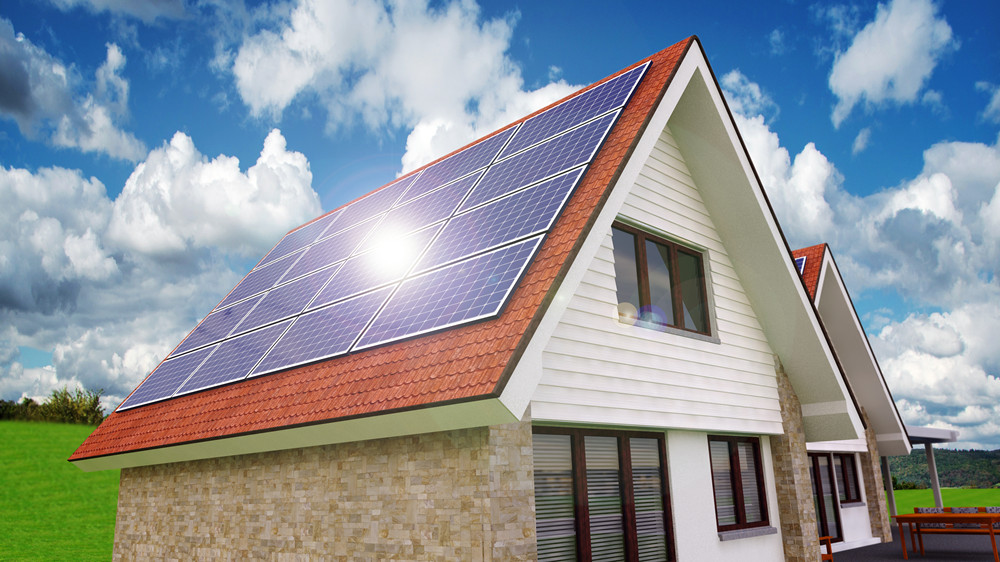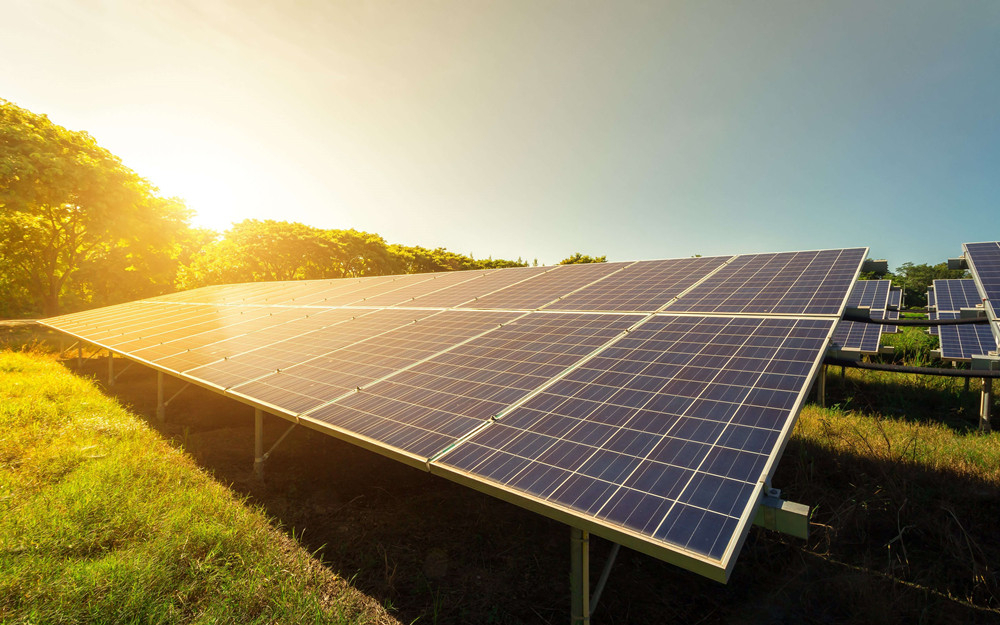Jiangsu Province intensifies the standardization and creation of labor protection work
Polycarbonate (PC) is a transparent, amorphous thermoplastic known for its clarity and versatility. The name comes from the carbonate group (CO3) within its molecular structure. PC tubes are colorless, heat-resistant, and impact-resistant, meeting the UL94 V-0 flame-retardant standard. They offer excellent mechanical properties across a wide range of common operating temperatures. Compared to polymethyl methacrylate (PMMA), polycarbonate has better impact resistance, a higher refractive index, and better processing characteristics. However, it requires the addition of flame retardants to achieve the V-0 rating.
While PMMA is generally more cost-effective and can be produced through bulk polymerization, the price gap between PC and PMMA is narrowing as PC production scales up. It's important to note that polycarbonate should not be exposed to hot water above 60°C for extended periods. When burned, it releases pyrolysis gases and burns slowly, but does not ignite easily. It extinguishes when removed from the flame, emitting a faint phenol-like odor. The flame appears yellow with a light glow, and the material turns black at high temperatures. It begins to soften at around 140°C and melts at approximately 220°C. It also absorbs infrared radiation.
Polycarbonate has relatively poor wear resistance, so surfaces of parts used in high-wear applications may require special treatments or coatings. Its density ranges from 1.20 to 1.22 g/cm³, with a linear expansion coefficient of 3.8 × 10â»âµ cm/cm°C. The heat distortion temperature is around 130°C. It is resistant to acids and oils but not to strong acids or bases. Additionally, polycarbonate is sensitive to ultraviolet (UV) light and should be protected from prolonged exposure. Due to its low wear resistance, surface modifications are often necessary for long-term durability in demanding environments.
What Is A Solar Panel?
Solar energy begins with the sun. Solar panels (also known as "PV panels") are used to convert light from the sun, which is composed of particles of energy called "photons", into electricity that can be used to power electrical loads.
Solar panels can be used for a wide variety of applications including remote power systems for cabins, telecommunications equipment, remote sensing, and of course for the production of electricity by residential and commercial solar electric systems.
How Do Solar Panels Work?
Solar panels collect clean renewable energy in the form of sunlight and convert that light into electricity which can then be used to provide power for electrical loads. Solar panels are comprised of several individual solar cells which are themselves composed of layers of silicon, phosphorous (which provides the negative charge), and boron (which provides the positive charge). Solar panels absorb the photons and in doing so initiate an electric current. The resulting energy generated from photons striking the surface of the solar panel allows electrons to be knocked out of their atomic orbits and released into the electric field generated by the solar cells which then pull these free electrons into a directional current. This entire process is known as the Photovoltaic Effect. An average home has more than enough roof area for the necessary number of solar panels to produce enough solar electricrity to supply all of its power needs excess electricity generated goes onto the main power grid, paying off in electricity use at night.
In a well-balanced grid-connected configuration, a solar array generates power during the day that is then used in the home at night. Net metering programs allow solar generator owners to get paid if their system produces more power than what is needed in the home. In off-grid solar applications, a battery bank, charge controller, and in most cases, an inverter are necessary components. The solar array sends direct current (DC) electricity through the charge controller to the battery bank. The power is then drawn from the battery bank to the inverter, which converts the DC current into alternating current (AC) that can be used for non-DC appliances. Assisted by an inverter, solar panel arrays can be sized to meet the most demanding electrical load requirements. The AC current can be used to power loads in homes or commercial buildings, recreational vehicles and boats, remote cabins, cottages, or homes, remote traffic controls, telecommunications equipment, oil and gas flow monitoring, RTU, SCADA, and much more.



solar panels,solar energy,solar power,solar panel price,solar cell
Suzhou Keffran Parts Co.,ltd , https://www.keffran-elevatorsmart.com